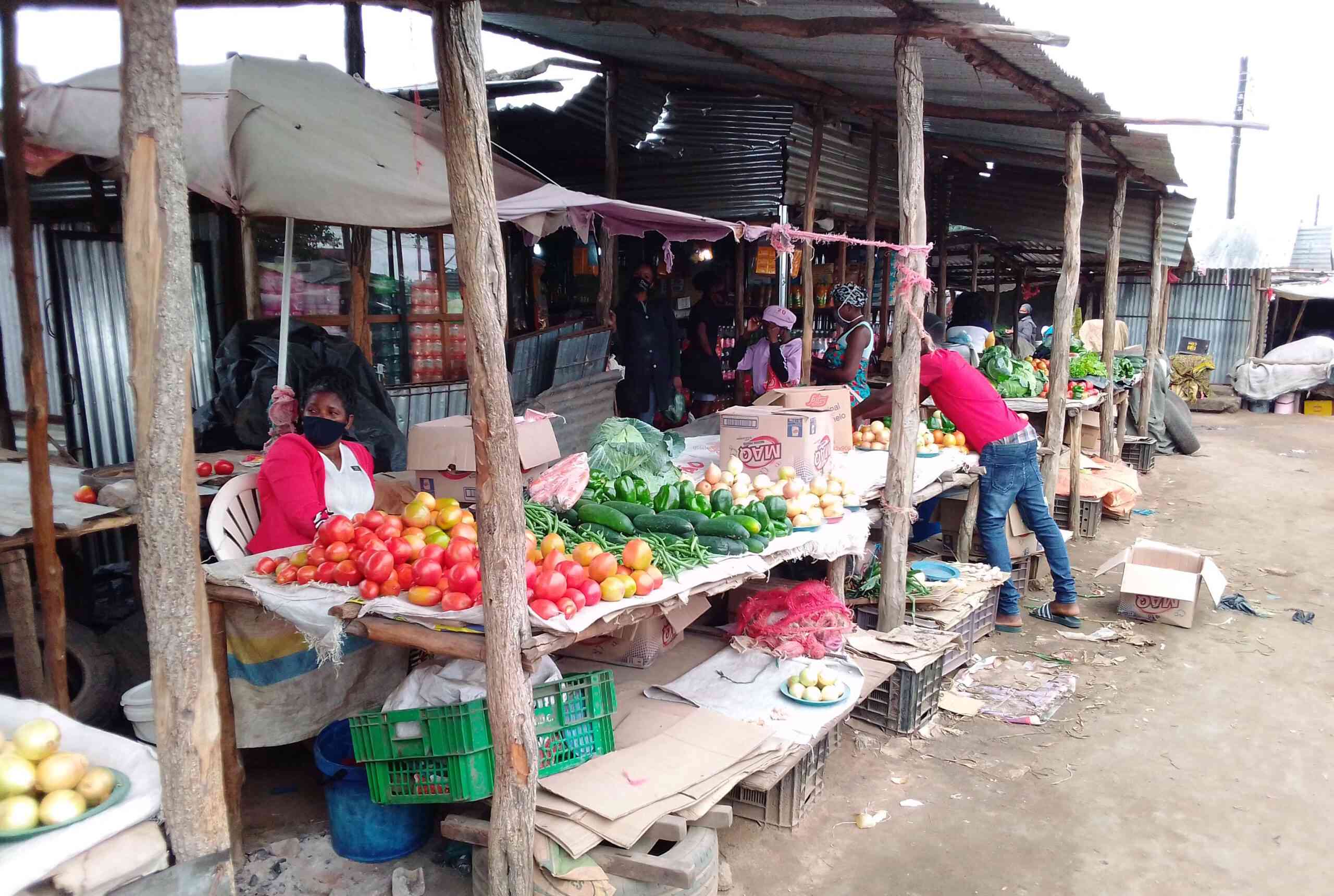
Many rural African communities have seen development programmes and business models come and go. What has kept these communities alive is their invisible advantages in the form of local culture. A community’s culture is basically a collection of unwritten rules, norms and values that influence people’s behaviour.
CHARLES DHEWA

The fact that these are unwritten rules makes them remarkable, in a world that is becoming obsessed with documents.
From encounters with rural communities in Ethiopia, Rwanda, Kenya, Malawi, Namibia, South Africa, Zambia and Zimbabwe, eMKambo has discovered a distinct feature connecting all these communities.
Their notion of saving has nothing to do with modern financial institutions, but livestock and other local assets in their control. They do not even notice the role of a national central bank in their lives. That partly explains why more than 90% of microfinance institutions that are supposed to be in rural areas end up relocating to urban and peri-urban areas, where their models are accepted.
Need to rethink development models
Based on the above observations, there is a definite need for development organisations and policy makers to revisit and align their development models with local realities. If properly understood and harnessed, local culture can be the basis for sustainable value creation.
Conversely, many communities are unaware of the value and power of their cultures. Sometimes, it takes an outsider for a community to see that its culture is more valuable than gold. With so much copying and duplication of development models by many organisations, culture has remained the only invisible secret sauce that is impossible to copy from one community and paste it in another.
- Chamisa under fire over US$120K donation
- Mavhunga puts DeMbare into Chibuku quarterfinals
- Pension funds bet on Cabora Bassa oilfields
- Councils defy govt fire tender directive
Keep Reading
Rather than introduce innovations that try to turn communities upside down, development organisations and policy makers need to carefully look at cultural aspects that fuel incremental innovation in every community. All rural communities use their culture to replace what no longer works with new ideas and products.
That is how some livestock breeds and crop varieties end up getting into new communities. Unfortunately, development partners working according to certain assumptions and strict timelines do not have the patience and time to learn from incremental innovative steps in communities they work. Community engagement has to be grounded in felt needs and take into account complexities in each community. On the contrary, conventional participatory approaches often obscure divergent community interests in ways that end up legitimising existing power imbalances. When community members participate without critical thinking, there is no meaningful impact at community level.
The promise of data and evidence Community youth in developing countries can take advantage of digital technology to accelerate incremental innovation and assist their communities in implementing evidence-based practices.
However, digital approaches should avoid the temptation to act in a top-down manner, but engage community members directly in recognition of the role of local culture in socio-economic change. The chart below shows an example of data-driven evidence that can be relevant at community level.
Using the above data, it is possible for agricultural and rural development policy makers to see that smallholder farmers are not just interested in producing commodities for formal value chains. Building relationships with their kith and kin residing in urban areas motivates farming communities to continue producing for the open market.
Data and evidence can reveal the extent to which farmers from particular rural districts are more driven by social cohesion, by boosting local food security or by building a strong ecosystem ,than improving yields alone.
[email protected]/[email protected]/[email protected]
Website: www.emkambo.co.z/www.knowledgetransafrica.com
eMkambo Call Centre: 0771 859000-5/0716 331140-5/0739 866 343-6











